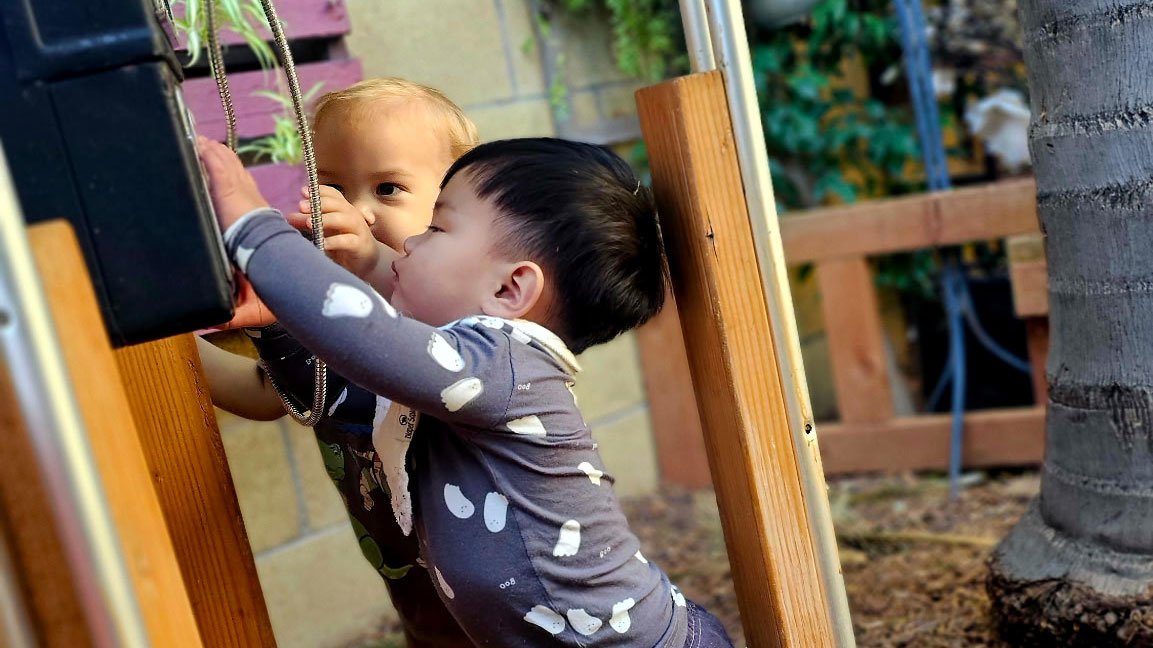The Peaceful Path
English version
What does a peaceful path mean? If we look it up in our dictionary, it means being calm and not provoking arguments.
That is a literal translation, but in what measure are we, ourselves feeling peaceful ourselves? In what measure are we transmitting peacefulness to our students, especially in these times of discord and disagreement where we see how injustice is overwhelming justice itself. On more than one occasion I have clenched my fists upon seeing how this society moves ahead two steps and then takes 3 steps back!
As an educator, it is challenging to support children over the age of eight during conflicts. For them, it is only fair when they are favored. With younger children, the challenge is less daunting. While they may also feel it's fair to be favored, it's much easier for teachers to model peaceful behavior that can show them how their actions can influence their classmates, laying the foundation for peaceful interactions. Perhaps it seems paradoxical that we think of young children as not yet developmentally ready for these challenges. However, if we delve deeper, we can see that as children grow, they are encountering moments and episodes that can be vastly different from their daily lives. This peaceful path we build in early childhood, if done with conviction and consistency, will help us provide the tools and elements these new generations need to follow the path of peaceful problem-solving as they grow and experience these challenges.
Spanish version
El Camino Pacifico
¿Qué significa un camino pacífico? Si lo buscamos en nuestro diccionario, significa ser tranquilo y no provocar discusiones.
Eso es un significado literal, pero ¿en qué medida lo somos nosotros mismos? En qué medida lo transmitimos a nuestros estudiantes, sobre todo en estos tiempos en que todo es discordia y desacuerdos, porque vemos cómo las injusticias sobrepasan a la justicia misma.
En más de una oportunidad he apretado los puños de impotencia al ver cómo esta sociedad camina dos pasos hacia adelante y retrocede tres hacia atrás.
Como educadora, es un desafío el poder apoyar momentos de conflicto a niños que son de edades superiores a los 8 años. Para ellos solamente es justo cuando ellos son favorecidos.
En los niños pequeños el desafío no deja de ser mínimo. Ellos, a pesar de sentir que lo justo es que también sean favorecidos, es mucho más fácil poder modelar esta conducta, donde tú puedes explicar cómo pueden afectar sus acciones a sus compañeros de clase.
Tal vez puede parecer contradictorio donde se puede pensar que los niños pequeños no están preparados para conectar con este tipo de desafíos, pero si analizamos con precaución podemos decir que a medida que los niños crecen se van enfrentando a distintos momentos y episodios que pueden ser totalmente diferentes a los que están acostumbrados diariamente.
Este camino pacífico que construimos en la primera infancia, si lo hacemos con convicción y constantemente ayudamos a que, al ir creciendo y encontrando estos desafíos, estas nuevas generaciones tengan armas y elementos para seguir esta línea de resolución de problemas pacíficas.
This article is part of our Newsletter 2025 Issue 4. See all articles.


